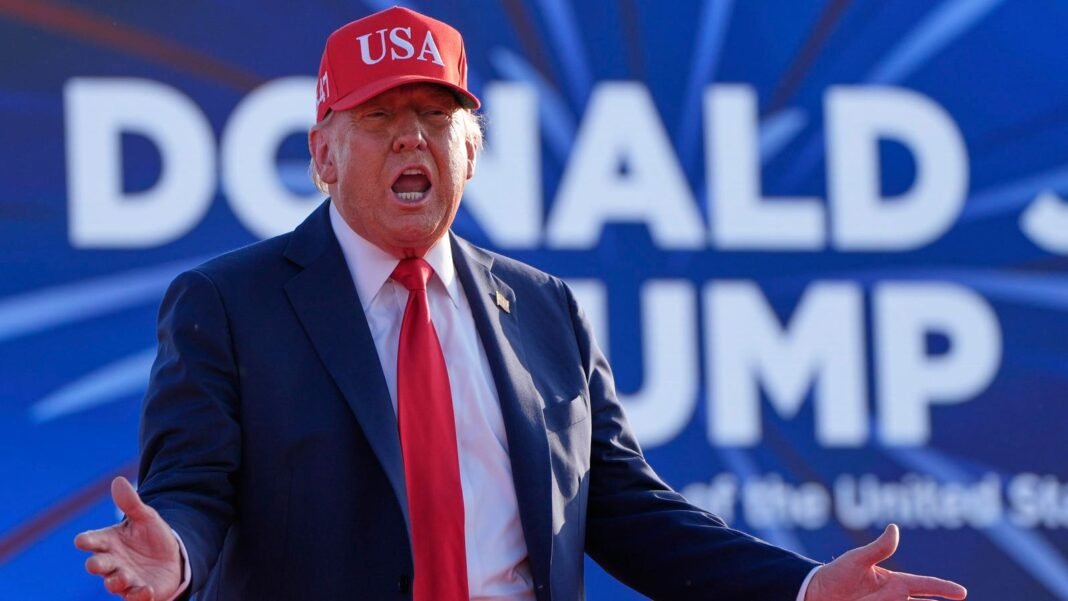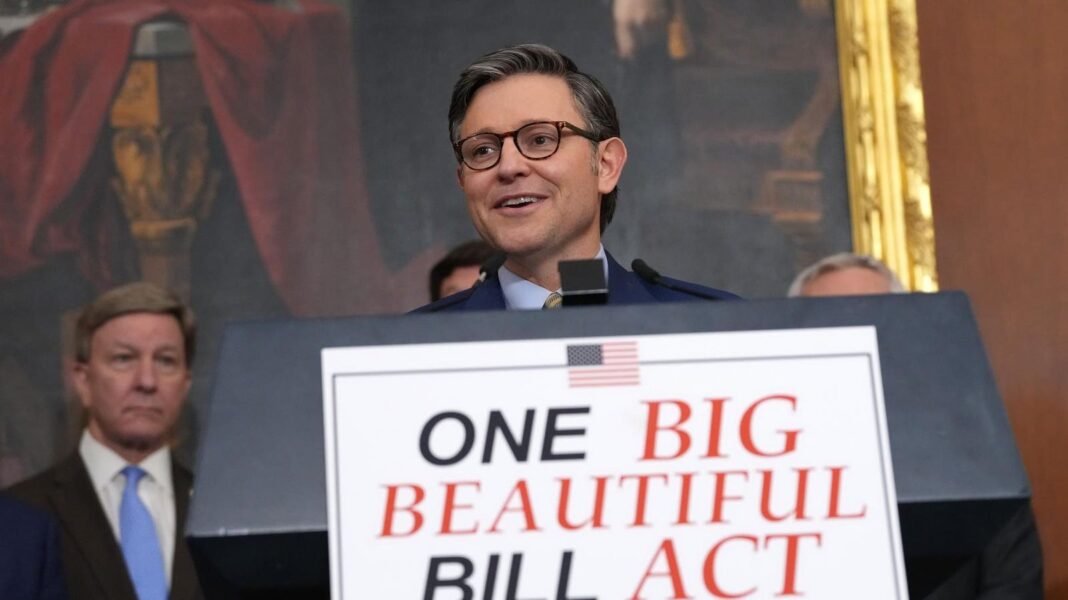Examining the Debate Over the Use of “Shylock” in Political Language
Recent Controversy and Its Origins
at a political rally in Iowa, President Donald Trump employed the term “Shylock” while outlining his domestic policy plans.he stated, “Think of that: no death tax, no estate tax, no going to the banks and borrowings from in certain specific cases a fine banker. And in certain specific cases, Shylocks and bad people.” This choice of words instantly ignited criticism due to its historically charged implications.
The Historical Significance and Antisemitic Connotations of “Shylock”
The word “Shylock” traces back to Shakespeare’s The merchant of Venice, where Shylock is depicted as a Jewish moneylender demanding a pound of flesh as collateral. Over time, this character has become emblematic of harmful stereotypes portraying Jewish individuals as greedy or unscrupulous lenders. Such associations have led many communities and institutions to classify “Shylock” as an antisemitic slur.
For instance, Florida eliminated references to “Shylock” from its legal terminology in 2009 because it was deemed offensive. The continued use of this term perpetuates damaging myths that have historically contributed to discrimination against jewish populations worldwide.
Responses From advocacy Organizations and Public Leaders
The anti-Defamation League (ADL) strongly criticized Trump’s use of “Shylock,” highlighting how it revives dangerous antisemitic stereotypes deeply embedded within society. They emphasized that language used by national leaders carries significant weight in shaping public perceptions.
Amy Spitalnick, CEO of the Jewish Council for Public Affairs, described Trump’s word choice not as accidental but part of an ongoing pattern where antisemitic ideas and conspiracy theories are normalized over time.
President Trump’s description
When asked about his remarks shortly after boarding Air Force One on Friday, President Trump claimed he was unaware that “Shylock” had offensive connotations.He explained he understood it simply as someone who charges high interest rates on loans and suggested reporters misinterpreted his intent.
A Pattern beyond This Incident: Similar Past Controversies
This episode is not unique; former Vice President Joe Biden also faced backlash for using “Shylocks” during a 2014 speech criticizing predatory lenders exploiting military families overseas. After receiving similar condemnation from groups like the ADL, Biden issued an apology acknowledging the problematic nature of his language.
The Broader Conversation About Antisemitism Within Politics
This controversy unfolds amid ongoing debates about alleged tolerance or endorsement by Trump toward extremist views linked with antisemitism. His past connections with individuals identified as white supremacists have drawn scrutiny alongside controversial statements attributed to him-such as reports from former staffers suggesting admiration for Adolf Hitler’s actions during World War II.
Additionally, incidents involving prominent figures associated with Trump-like Elon Musk performing gestures reminiscent of Nazi salutes at political events-have intensified concerns regarding subtle endorsements or normalization of hateful symbolism within some political circles today.
Government Measures Addressing Campus Antisemitism
During Trump’s governance, policies targeting antisemitism on American university campuses were rigorously enforced against institutions perceived as failing to adequately combat anti-Jewish bias among students or faculty members. Actions included visa restrictions aimed at pro-Palestinian activists and sanctions against universities such as Harvard for alleged shortcomings related to hate speech connected with Israel-palestine tensions.
The Critical Role Language Plays Among Leaders
“Words spoken by those holding power resonate far beyond their immediate audience; they shape societal norms.”
This incident underscores how essential it is for public officials to grasp historical contexts behind terms they publicly use-especially those loaded with centuries-old prejudices-and exercise caution when addressing diverse audiences nationwide.
- “Shylock”: A term steeped in negative stereotypes about Jews;
- Evolving social consciousness: Growing global awareness around harmful language rooted in bigotry;
- Civic duty: The obligation leaders bear not to unintentionally spread divisive rhetoric;
- cultural literacy: Recognizing how literature shapes modern perceptions helps prevent misuse;
A Modern parallel Highlighting Language Sensitivity Issues
A recent example involved an international athlete who unknowingly used racially insensitive expressions during interviews abroad; after being educated through cultural programs initiated by global organizations such as UNESCO-which reports hate speech incidents rose approximately 15% worldwide between 2020-2024-the athlete apologized publicly demonstrating increased awareness about language impact today.
Pursuing More Respectful Dialog Practices Moving Forward
This episode serves both as a cautionary tale and opportunity: continuous education about historical prejudices embedded within everyday vocabulary can promote more respectful dialogue across communities while minimizing inadvertent harm caused by ignorance rather than ill intent.
In our increasingly interconnected digital world-with social media amplifying messages instantly-the importance of choosing words thoughtfully has never been greater when aiming for unity instead of division.
Fostering empathy through informed communication remains vital —particularly among influential voices shaping public discourse now more than ever.





